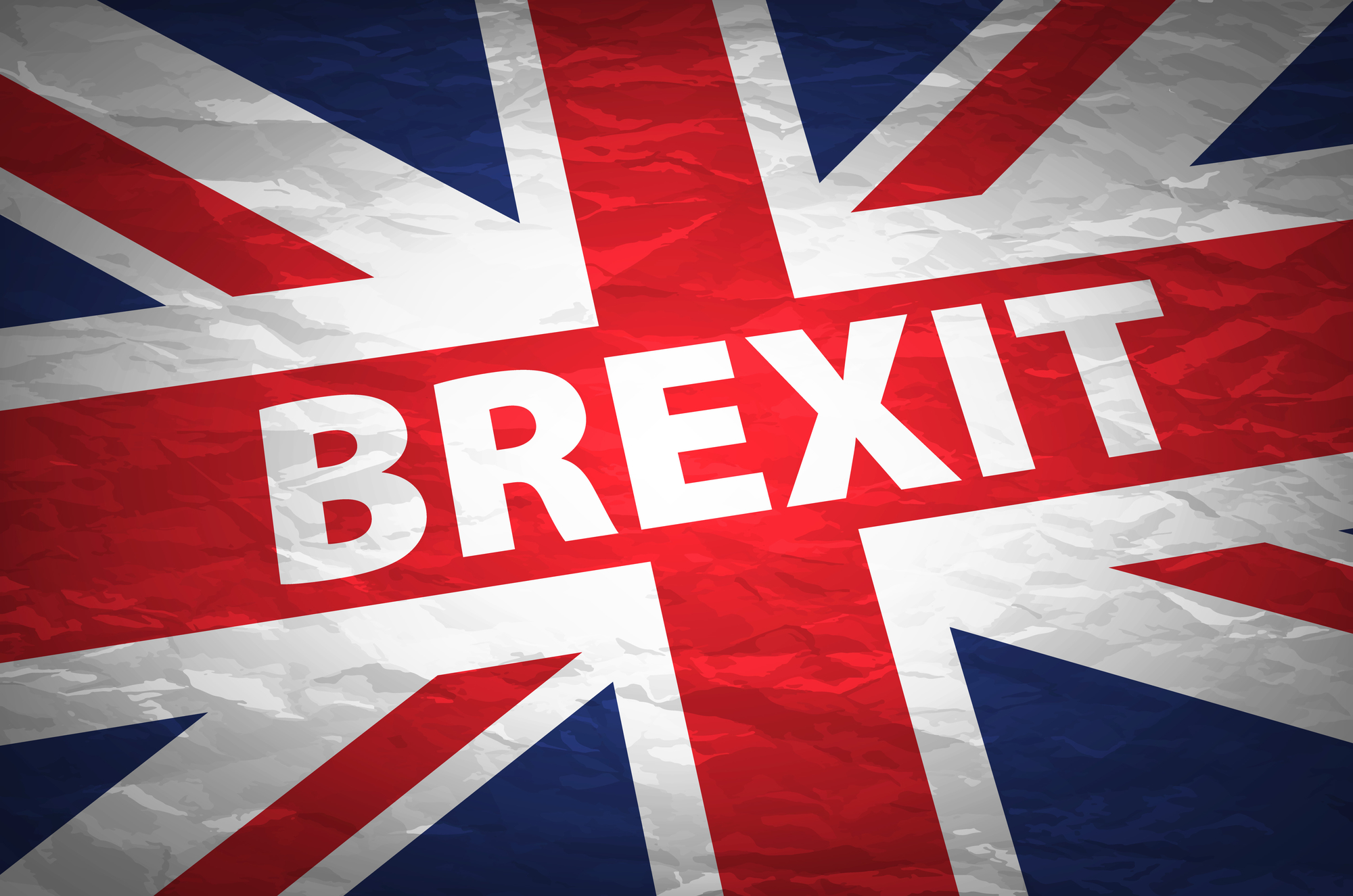EY ITEM Club downgrades GDP growth forecast amid no-deal Brexit fears

The EY ITEM Club has trimmed its GDP growth forecast for both 2018 and 2019 for the second successive quarter.
It said it reflects increased uncertainties currently facing the outlook due to the elevated risk of the UK leaving the EU without a deal in March 2019, recent faltering consumer purchasing power, and a clear loss of economic momentum in the eurozone over the first half of 2018 as well as an uncertain global trade outlook.
The EY ITEM Club’s Autumn Forecast expects UK GDP to grow by 1.3% in 2018 (downgraded from 1.4% and 1.6% in the EY ITEM Club’s Summer and Spring Forecasts respectively), and 1.5% in 2019 (downgraded from 1.6% and 1.7% in the EY ITEM Club’s Summer and Spring Forecasts respectively).
The EY ITEM Club expects that GDP growth improved to 0.6% quarter-on-quarter (q/q) in Q3 2018 from 0.4% q/q in Q2 2018, helped by a very strong performance in July which benefited from the football World Cup and the heatwave. This would make Q3 2018 the best quarter for growth since Q4 2016. However, the EY ITEM Club predicts growth will fall back to 0.3% q/q in Q4 2018 and through the first half of 2019.
Howard Archer, chief economic advisor to the EY ITEM Club, said: “Our forecast is based on the assumption that the UK and EU will ultimately agree a Brexit transition arrangement that will help limit the shock to businesses and the economy. However, heightened uncertainties in the run-up to and the aftermath of the UK’s exit could fuel business and consumer caution. This is a significant factor leading us to trim our GDP forecasts for 2018 and 2019.
“Should the UK leave the EU in March 2019 without any deal, the near-term growth outlook could be significantly weaker. Trade could be substantially affected as barriers, both tariff and non-tariff, kick in. A likely sharp drop in the pound could provide help to UK exporters, but it would also push up businesses’ costs. Consumer price inflation would also likely increase thereby weighing down on households’ purchasing power.
“However, it is also possible that the growth pattern could be distorted in late-2018 and 2019 if concerns about supply disruptions in the event of ‘no-deal’ cause companies to stockpile materials and finished products. This could be reinforced if consumers panic buy. This scenario would be liable to boost growth in late-2018 and early-2019 but weigh down on growth thereafter.”
Simon O’Neill, managing partner at EY in the Midlands, added: “We expect that the UK economy is going to experience a period of low economic growth for at least the next three years, and businesses in the Midlands need to recognise this and adjust accordingly. They should also consider a sharp downside to the economy in the event of a Brexit deal that does not materialise and make preparations for such a scenario.
“Testing the robustness of their businesses, especially cash flow, against a short period of severe disruption followed by a downturn for three or four quarters would be a prudent approach to risk management. Even if the Brexit process goes smoothly, the cyclical risks to the UK economy mean this would still be a worthwhile exercise. Now is the time to start to think about the future shape of any UK business after 2020.”









